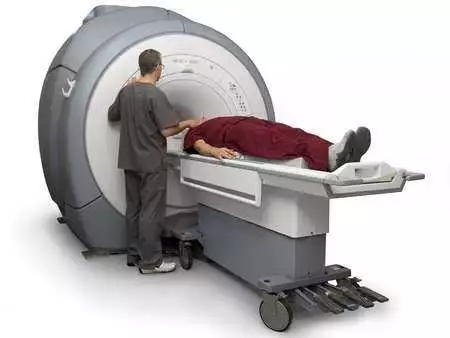Until recently, patients in a vegetative state were thought to be completely unconscious, however, numerous studies prove that this thinking was wrong.
The fact that the brains of "sleepers" show any activity increases the patient's chances of awakening. A very important factor that significantly improves the patient's prognosis is intensive rehabilitation, which should take place regularly over a period of at least a year.
Advances intechnology and the persistence of scientists in the search for ever better methods of restoring consciousness offer a real chance that every year more and more people will be able to return to life. For the time being, it is mainly drugs that are leading the way in the treatment of disorders of consciousness. There is levodopa for parkinsonism, zolpidem for insomnia and even methylphenidate (Ritalin), which is mainly prescribed for children with ADHD.
Innovative therapies are based on the use of stem cells (goal: restoration of damaged neurons) and electrical impulses, applied through the nerves of the wrist or by deep brain stimulation (DBS) (goal: stimulation of areas responsible for consciousness).

photo: pantherstock
Much hope has been brought to the families of sufferers by the results of a study conducted by Professor Adrian Owen, who, using functional magnetic resonance imaging (fMRI), made contact with a person in a vegetative state (thought to have been deprived of consciousness for more than 12 years). Prof Owen asked the man questions, which he made him answer either negatively or affirmatively, with a 'yes' or 'no' message being observed by the researcher as a stimulation of a particular part of the brain (a 'yes' answer involved the patient imagining playing tennis, while in the case of a 'no' - walking around the flat - imagining each activity requires the activation of a different area, which the researcher observed on brain scans).









